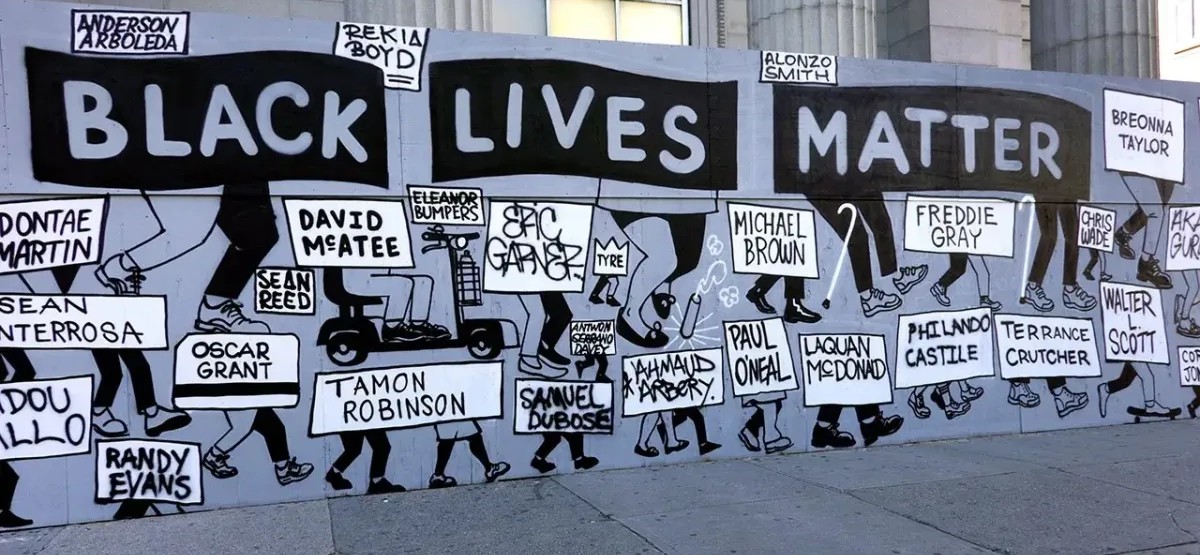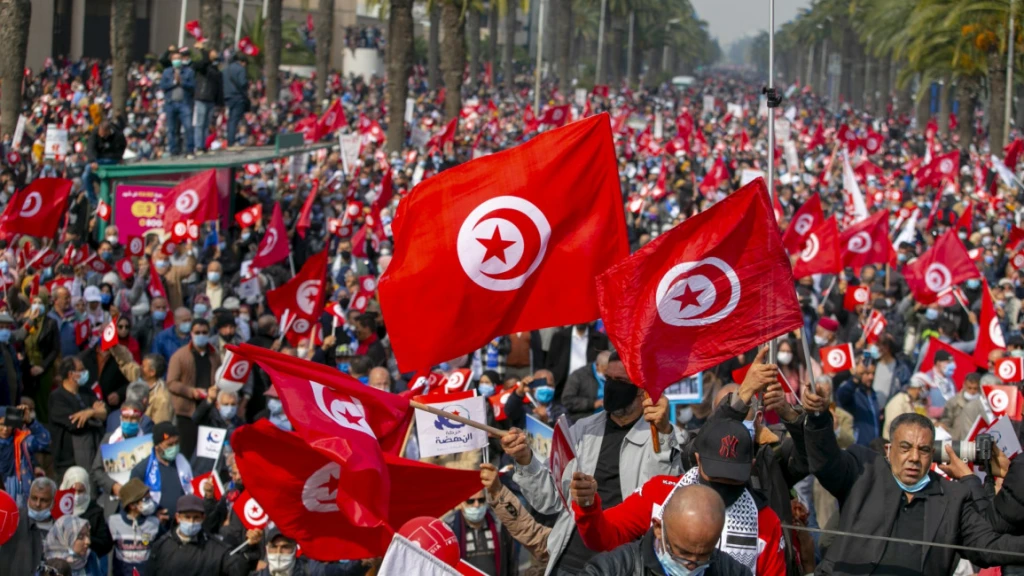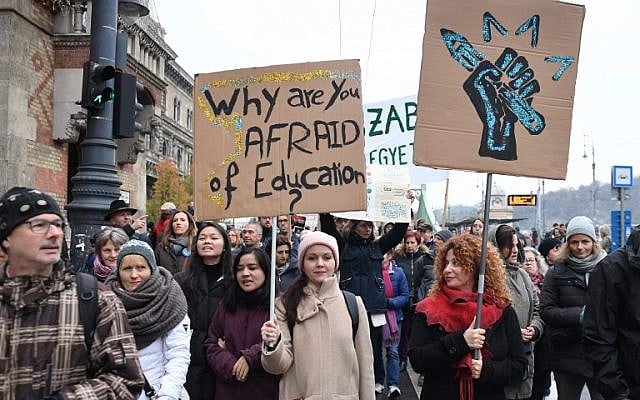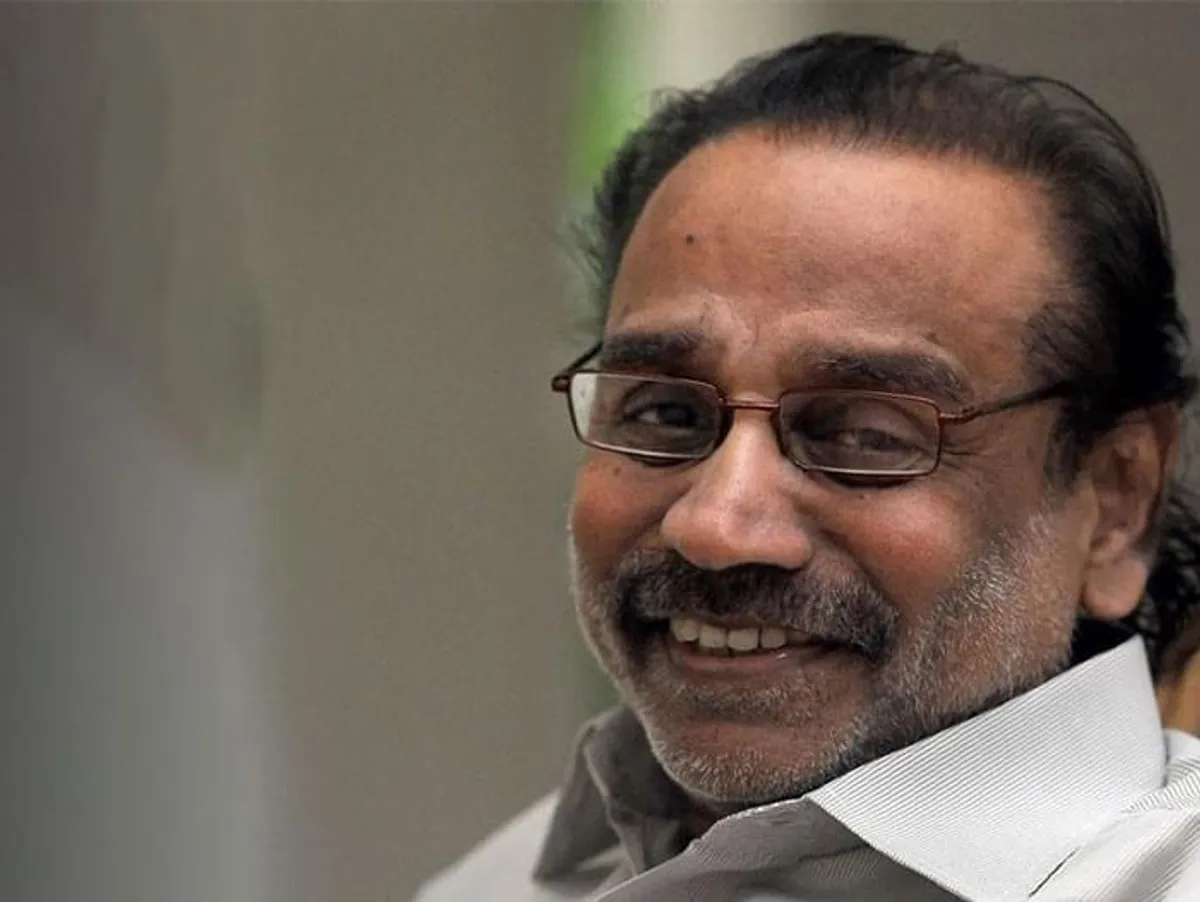
A Clarion Call for the Second Independence Struggle: Part 2
Today’s subaltern multitudes are striving to break free from the vertical power structures that dominate political parties, mirroring those of the state itself. This signifies a growing refusal to remain mere puppets manipulated by the hidden strategies of party elites. To sustain this shift, subaltern-driven, alternative forms of democracy must experiment with and evolve into newer, more inclusive political practices. Writer and cultural activist B. Rajeevan shares his analysis.
Foregrounding the future of Indian politics in the Farmers’ protests
Three
In this emerging politics, not only the structure of power relationships but also the organisational arrangement becomes fundamentally different. Until today, all the organizational models of modern politics are based on hierarchical relationships of the state. In this model, all the decisions are taken by the leadership, which is the custodian of the political strategies of the parties. The political parties with vertical power structures rule on the premise: one, people cannot rule themselves, and they need to be ruled; two, people are masses that need to be ruled forever. But the present-day subaltern multitudes are trying to break free of the vertical power structures in political parties, similar to the state power. What this means is that people are not going to be puppets dancing to the secret strategies of the party elites. From the end of the last century onwards, people have started eschewing vertical power structures in favour of the hegemony of the power of resistance and the alternative horizontal organizational forms. That is why, when women, children, and the old take to the streets in tens and thousands and occupy the public spaces. This has shocked the older political parties and the media.
As the fire of these new revolutionary movements spread across the world, global capitalism tried to counter them by strengthening the conservative forces, such as the neo fascist communal parties, against them. Regardless, as the recent subaltern political resistance exemplifies, it is clear that these conservative forces have not been able to stifle the alternative political movements. There was a huge international support for the Black Lives Matter movement in America, for the art students in Hungary, and for the subaltern groups in India. Self-organizing noncategorical groups that came on the streets to occupy the roads leading to Delhi were a fine example of the politics of the subaltern multitude. What makes their struggle even more relevant to history is the fact that they have been able to demonstrate a glimpse of the great potential of the movements to the Modi government.

However, the farmer’s revolt was but a humble beginning of multitudinous politics. We are yet to see the organizational forms and institutions of this new subaltern politics. Let us not forget that institutions of modern democracy stand against the feudal systems, which took centuries to mature. To overcome the limitations of Statist institutions we see today, the subaltern alternative democratic forms of politics will need to undergo experiments with newer forms.
These new experiments will have to confront the limitations of the political anthropology of capitalism, which is focused on private property and individualism, to move towards liberation. Through the politics of the multitude, we can see mankind slowly distancing itself from its ways of fearing the ruler, obeying the leader, hating the neighbor, and attacking the stranger. The new revolutions we see are experiments in overcoming the artificial public/private divisions in society, towards common wealth and welfare. From a society dominated by vested private citizenship, this is an experiment to enter a field of love where we can engage in mutual becoming of the other and transform love into a political category. When two people migrate into such a plane of love, they forego their self-interests. Each person becomes two and takes up the strength of two. When thousands of people migrate to the plane of love, or become one, thousands more are formed. This infinite, inexorable force of love becomes the driving force of the alternative subaltern politics against the powers of the state. It is from these permutations of love that the new alternative institutions of subaltern global politics will emerge.

This uncanny emphasis on love is not a utopian construct. There are pieces of evidence in ethnographic studies that now reveal the alternative power models that existed before the world entered into a statist model of power relations. These are not models of primitive communism as it was believed earlier. The ancient ethnographic studies now reveal models of stateless societies and counter-state societies. The alternative subaltern politics shows tendencies similar to these models and is yet to concretize its steps in the direction that it wishes to follow.
The new Occupy struggles of the multitudes have been referred to as leaderless uprisings. There is an ideological confusion here from the media and other spokespersons who assume that revolutions are not possible without a leader figure. These struggles are not without leaders. Neither are they directionless. But these protestors are not herded by a shepherd who anticipates and directs the path of this herd. When one examines alternative subaltern politics, it becomes clear that whenever a locus of leadership groups attempts to implement a political strategy and make decisions accordingly, people disband them and use them as tools for their own strategies. Therefore, they do not lack leadership, instead, there is an upside-down inversion of leadership and follower roles. An assemblage of people emerges as the new leaders, and yet, it yields no consolidation of power amongst the leaders. From the struggles of the multitude that began at the turn of this century to the farmers’ struggles, one can see this inversion of power relationships.

Four
There were several reasons for identifying the uprisings against the current government’s anti-farmer laws as the beginning of a new independence struggle, as far as the subaltern classes are concerned. Parallel opinions, such as the independence of 1947, did not grant us the absolute freedom that existed even then. The strongest voice of this opinion came from the Indian Communists. The Communist parties of India were looking for ways to complete the Indian revolution through the leadership of the working class. The differences of opinion in the strategy of this leadership were what split the communist party into various factions. Since the alternative democratic movements have already appropriated the communist dreams today while rejecting the soviet model of socialism, one can say that the final struggle for full democratic freedom has begun by the Indian subaltern classes.
Underlying these struggles, no doubt, is the presence of Marx- in essence, the liberation of human life from state powers and the privatization of common social-environmental resources. This is the Marx who proclaimed that it is only with the liberation of black slaves that there will be liberation for all workers and slaves around the world from capitalism. This is also the Marx who says that the completion of the capitalist stage of development is not inevitable and can step into communist production relations directly from the tribal peasant societies where property is already common, contrary to Stalin.
Gandhi was one of the strongest voices who argued that freedom from the British did not mean freedom for the subaltern groups in India. Gandhi was the leader who organized the subaltern forces as a formidable political force against colonial rule, and at the same time placed the Indian capitalist forces as the vanguard in his struggles against the British. From this perspective, according to the older communist strategy, the aim of his protests was the completion of the bourgeois revolution, otherwise known as the national democracy or the people’s democracy. No one more than Gandhi was aware of the limitations of this struggle. Therefore, he claimed that the freedom from the British was merely a transfer of power to the Indian capitalist classes, and we need to begin the struggles for ‘Poorna Swaraj’ from the parliamentary Swaraj we have achieved. The Indian communists leaning towards Stalinism were unable to recognize this radical insight within Gandhi. For the same reason, Ho Chi Minh urged K Damodaran to recognize Gandhi as a revolutionary leader equivalent to communist revolutionaries of Minh’s stature. In short, what Gandhi began and was tragically cut short was being initiated by the Indian farmers after many years of suffering. However, the Indian farmers who protested on the roads leading to Delhi were not the same as those who stood obediently behind Gandhi during the Champaran revolt. These are descendants of the farmers groomed by Gandhi to become a radical political force in the struggle for the fulfillment of his dream of ‘ Poorna Swaraj’.

Another astute political visionary who recognised that political freedom is incomplete without economic and social equality was Dr. Ambedkar. Towards the end of his life, Dr. Ambedkar had realized that the Dalits and the Adivasis were not going to receive justice from the elite neo-savarna capitalist groups who were running the government. When he realized that the Constitution, which he framed, became meaningless in the hands of Indian capitalist classes, he became disillusioned and proclaimed in the Parliament that if anyone is willing to set fire to the Constitution, he will happily lead the show. Dr. Ambedkar took over the gap left after Gandhi’s assassination. Dr Ambedkar’s sudden demise came after he accepted the invitation of Ram Manohar Lohya to take over the gap left after Gandhi’s assassination and to lead a new revolt on behalf of the farmers, Dalits, and the poor. Therefore, the farmer uprisings could also be seen as the rekindling of the subaltern revolution that Dr. Ambedkar could not complete.

From the historical and political facts mentioned above, it is clear that in the 21st century, alternative democracy in the encounter between global capitalist imperial forces and global subaltern multitudes, the minoritarian and emancipatory politics of Marx are repeated in new ways. Therefore, the Marx that has been redeemed from Stalinism, the Gandhi who gave up the Congress party filled with neo Savarna capitalists, and the Ambedkar who retrieved the Buddhist concept of Maithri and left behind his followers who couldn’t see beyond narrow liberal identity politics, can invigorate each other in the creation of a new India world. We could hear a clarion call for this second independence revolution from the farmers’ struggle. These intellectual ideas from our past supported and nurtured the farmers’ protests. It is therefore not surprising that we could see images of Gandhi, Bhagat Sing, and Ambedkar being raised at many of the protest sites.
Perhaps, compared to the struggle for independence against European colonial rule, the struggles against the global capitalist regime may adopt more specific, complex, or unpredictable forms. However, it could put the Modi government, which relies on its support from the Hindu supremacists, on the defensive. No matter what the immediate outcomes of this farmers’ uprising could turn out to be, its alternative democratic power makes it an ‘event’ in the Modern History of India, one that will open the ways for many of its kind.
Translated by Pooja Sagar (Indian Institute for Human Settlements, Bangalore)
